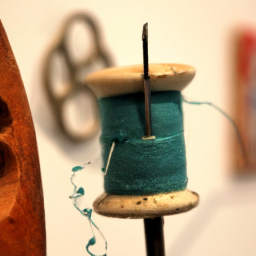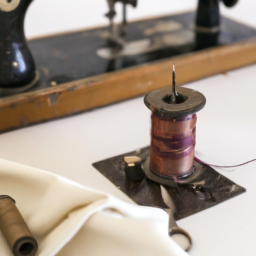
History of Sewing Machine
sewing-machine.jpg” alt=”Sewing machine” />
Sewing machines have revolutionized the textile industry, making garment production faster, more efficient, and accessible to people around the world. The development of the sewing machine is an intriguing tale of innovation, persistence, and industrial progress.
The first functional sewing machine was invented in 1790 by Thomas Saint, an Englishman. However, it wasn’t until the mid-19th century that sewing machines started gaining popularity.
In 1830, French tailor Barthélemy Thimonnier patented the first practical and widely used sewing machine. This machine utilized a hooked needle and a horizontal thread. However, Thimonnier faced resistance from fellow tailors, who feared unemployment due to the mechanization of their craft. As a result, angry mobs destroyed his workshop and almost killed him. Fortunately, his invention laid the groundwork for future improvements.
It wasn’t until 1846 that Elias Howe, an American inventor, patented the first sewing machine that used two threads to form a lockstitch. This invention brought significant advancements and paved the way for successful mass production of clothing.
Isaac Merritt Singer further enhanced the sewing machine’s usability in 1851 by developing a machine that could sew continuously. His machine featured a foot treadle, which improved the efficiency and control over the stitching process. Singer’s machines became immensely popular and laid the foundation for the Singer Sewing Machine Company, one of the most well-known sewing machine manufacturers today.
Over the years, various inventors refined sewing machine designs, introducing features such as automatic stitch selection, electric power, and computerized controls. Today’s sewing machines have become versatile devices capable of intricate embroidery, quilting, and creating sophisticated stitches.
The history of sewing machines showcases how human ingenuity and technological advancements have transformed a time-consuming and arduous task into a streamlined process that empowers individuals in the art of sewing.
Whether you are a professional seamstress or an enthusiastic hobbyist, sewing machines continue to play a vital role in the creation of garments, enabling beautiful and precise stitching with ease.




